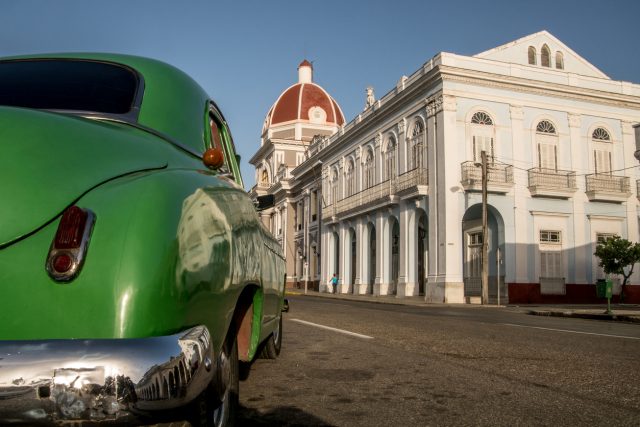 MikeVanSchoonderwalt
MikeVanSchoonderwalt
There’s no other Caribbean island that’s quite the total package like Cuba, with not just enticing beaches and verdant landscapes but history, culture, and friendly people. And though many visitors don’t get beyond splendid capital Havana and the equally splendid beaches of Varadero and Cayo Coco, there are also dozens of handsome cities waiting to be discovered. I wrote in this blog about second city Santiago de Cuba some time back, and now it’s time to give this island’s third largest – and second most cultured – city Camagüey its due. Come with me?
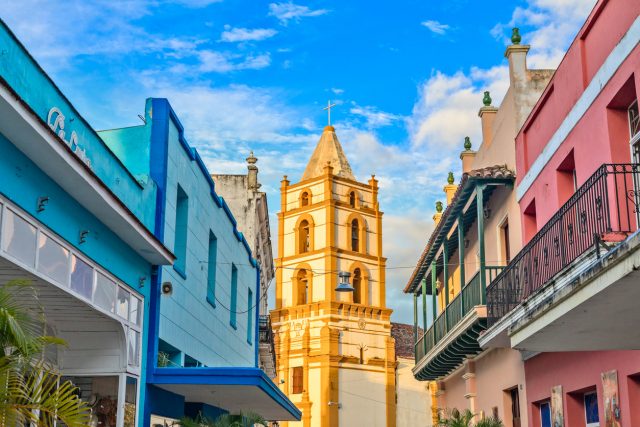 Vadim_Nefedov
Vadim_Nefedov
Refreshingly untouristy, with a population of around 322,000 and located on a plain near the centre of the country, a 6½-hour drive east of Havana (you can also fly here in about 90 minutes), Camagüey was founded in 1514, and its UNESCO World Heritage historic centre (Cuba’s largest) preserves much of its colonial flavour, dating back to the 17th century when it was rebuilt as a maze of short, twisty streets and alleyways after being burnt by English pirate Henry Morgan, to thwart future attackers.
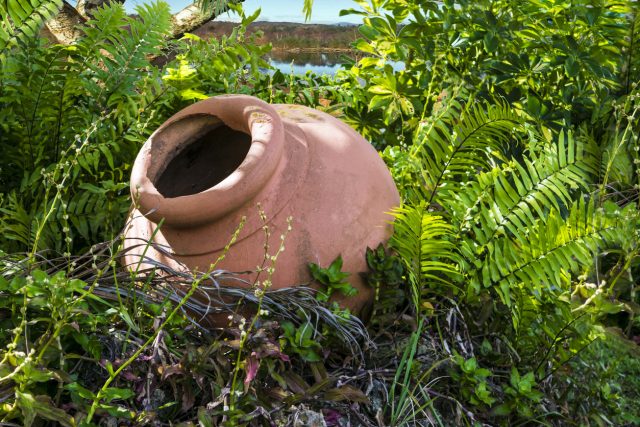 Richard_G
Richard_G
You’ll want to start your perambulations at one of its picturesque squares, particularly the cobblestone Plaza del Carmen, adorned with statues of camagüeyanos (locals) in everyday poses along with large red-terracotta jars called tinajones (above, pronounced “teen-a-HO-ness”, emblems of the city and also a word sometimes used to describe locals); it’s anchored by the Church of Nuestra Señora del Carmen, one of 15 in a city considered the main bastion of the Cuban Roman Catholic Church. Another is Plaza San Juan de Dios, widely considered the city’s top gem (not to mention, some say, one of the entire island’s), ringed by various restaurants as well as the Museo de San Juan de Dios, once a colonial hospital run by a friar who became Cuba’s first saint, now full of exhibits about local history along with some paintings.
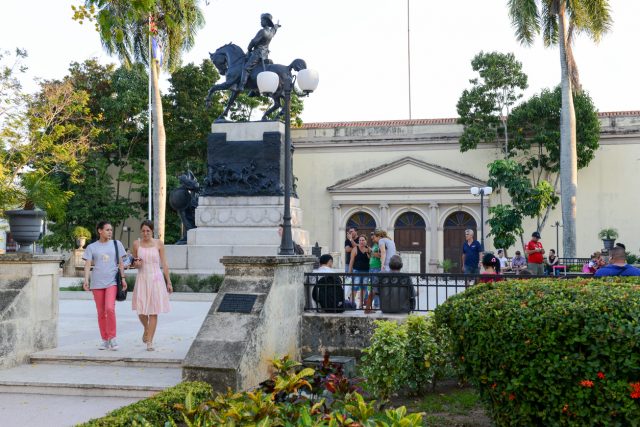 fotoember
fotoember
And above all don’t miss Camagüey’s marble-bench-lined “outdoor living room” in the heart of it all, the Parque Ignacio Agramonte, named after the native son who was a main hero of the unsuccessful Ten Years’ War (1868-1878) against Spanish rule – that’s him up there on the equestrian statue. On one side is the Cathedral of Our Lady of La Candelaria, dating back to the early 18th century, and on another the Casa de la Trova, where the flower-bedecked courtyard hosts live music performances day and night.
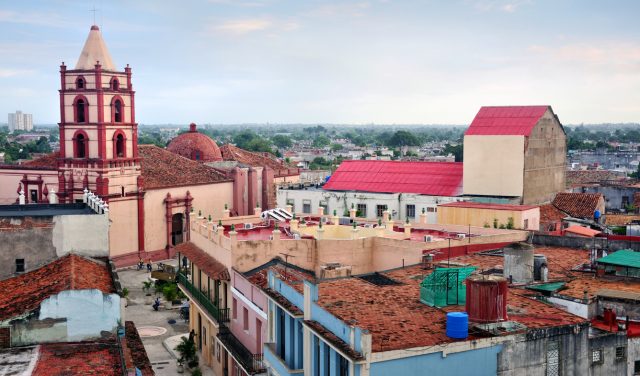 alxpin
alxpin
Museums not to miss include Agramonte’s early-19th-century birthplace on Plaza de los Trabajadores (also home to exhibits on natural history and decorative arts) and the provincial museum (also named after Agramonte), covering the area’s history, natural history, culture, and ethnography; from here, have a stroll along one of the city’s main drag, Calle República, which will take you past many shops, eateries, galleries, and cultural institutions.
To continue the cultural theme, in addition to the Casa de la Trova, other music venues (check with the local tourism office), and art museums/galleries, once you’re in town definitely check to see if there are any performances by Desandann (“Descendants”, above), a ten-person choral group preserving the traditions of the country’s many Cubans of Haitian descent (it’s claimed numbering 300,000 to as many as a million, depending on whom you ask – though a million does seem like a lot in a country numbering just over 11 million ), from immigration dating back to the late 18th century; I first heard them back in 2000, and their melodious sound is absolutely divine. These days they tour all over the country and the world, though, so – fingers crossed!
More info: CubaTravel.cu.

